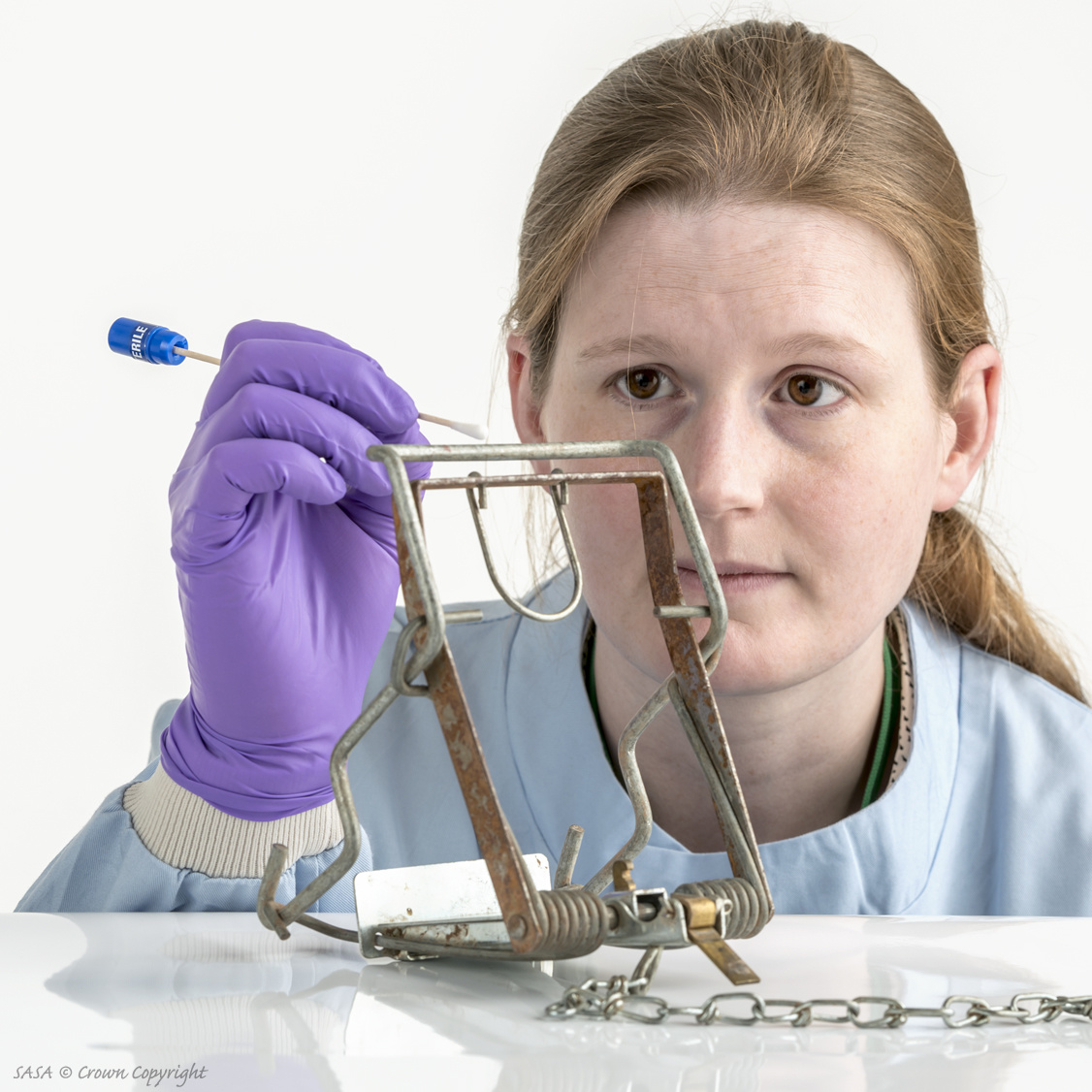Rural and Environment
Supporting women and girls in science
February 14, 2022 by Rural and Environment News Team No Comments | Category Wildlife
This blog has been drafted by Lucy Webster – Senior Wildlife Forensic Scientist at SASA.
I am a Senior Wildlife Forensic Scientist at SASA, the organisation that provides Scotland’s scientific services for agriculture. I run a team that analyses animal DNA recovered in wildlife crime investigations, working closely with Police as well as Border Force.
Why is International day of women and girls in science so important to me?
As a woman working in science, great inroads have been made towards gender equality within the industry but there is still more that can be done to make the top table less male-dominant.
By having this day to promote women and girls in science, we are keeping it in everyone’s conscience that there is still more to be done for it to be equal and fair.
Today there are far more visible role models in TV, film and media for women and girls in science than when I was growing up. There’s always room for more, but those out there are definitely inspiring the next generation of female scientists.
I had no direct family connection to science growing up – my father was an architect and my mother was a nurse. I had always loved animals and was hooked on the early TV adaptation of My Family and Other Animals, knowing that I wanted to work with animals when I was older.
It was only when I got a Nuffield Science Bursary to work at an ecological research institute for a summer towards the end of school that my eyes were opened to the many ways that you can work with animals besides being a vet or a zookeeper– which at the time was all I thought you could do.
I studied Zoology at Edinburgh Uni, which is quite a common background for people in my field. It was during this time that I fell in love with DNA analysis and how it can help answer questions about a species or population of animals.
After graduating, I did a PhD focusing on DNA analysis of Red Grouse before working in Marine Scotland with Atlantic Salmon and eventually moving to SASA where I have been for eleven (!) years.
For me, the best part of my work is being able to make a difference to an investigation, making sure that I am unbiased in the work I do by following the science. However, it does come with its challenges especially in terms of how much testing we can do. Due to the small size of our team and the wide range of animal species that have legal protection unfortunately we don’t always have the right test available to apply in an investigation. At times we can reach out to other labs who have the credentials to do it, but that too comes with its difficulties.
My advice to those thinking of a career in science; look out for key opportunities, look for ways of volunteering, get hands-on experience and insight and talk to those within science, whether it’s teachers, charities or professionals- they all have ways to help.
Do your research, find out more about what you want to do and keep your further education broad instead of focusing solely on that one particular area you wish to work in.
Tags: International Day of Women and Girls in Science, SASA


Leave a comment